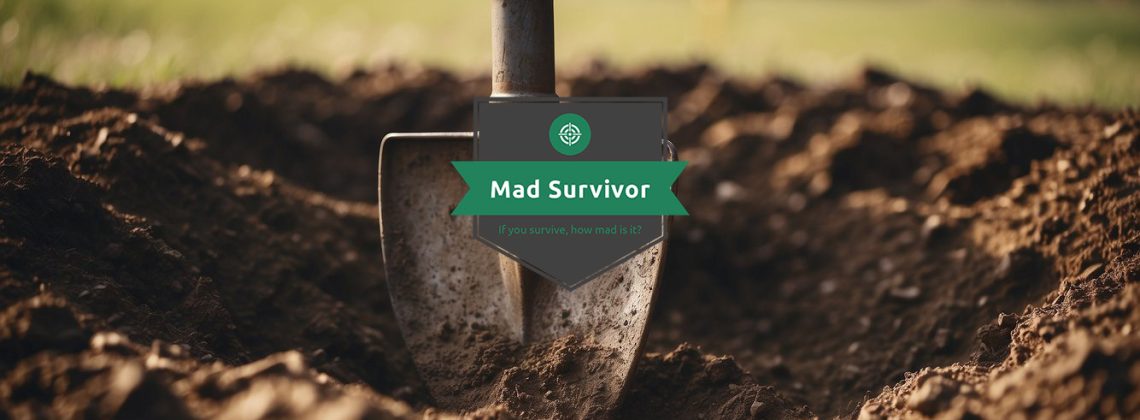
A private well can offer independence and control over your drinking water. The Environmental Protection Agency (EPA) provides guidelines to ensure that well owners have access to safe drinking water, which is a right protected under the Safe Drinking Water Act. You must manage your water source diligently, as it directly affects your home’s water quality.
One of the first steps in securing your water supply is to be mindful of the location and condition of your well. Positioning your well in a safe area away from potential contaminants and ensuring that the well is constructed properly are keys to maintaining a clean water supply. Regularly testing your well’s water for contaminants is an important part of this process, as it helps in detecting any issues early on.
By actively taking measures to protect and maintain your well, you can safeguard your household’s access to clean, quality water. This means being vigilant about keeping chemicals and hazardous materials away from your well area, as well as managing waste disposal systems like septic tanks to prevent any risk of contamination. With informed practices, you can contribute to the overall protection of your vital water source.
Jump To Section
- Assessing Water Needs
- Understanding Groundwater Sources
- Selecting a Suitable Well Location
- Well Construction and Design
- Water Quality Testing
- Water Treatment Systems
- Maintenance and Repairs
- Wellhead Protection
- Emergency Preparedness
- Environmental and Legal Considerations
- Community Engagement and Support
- Conclusion
Assessing Water Needs
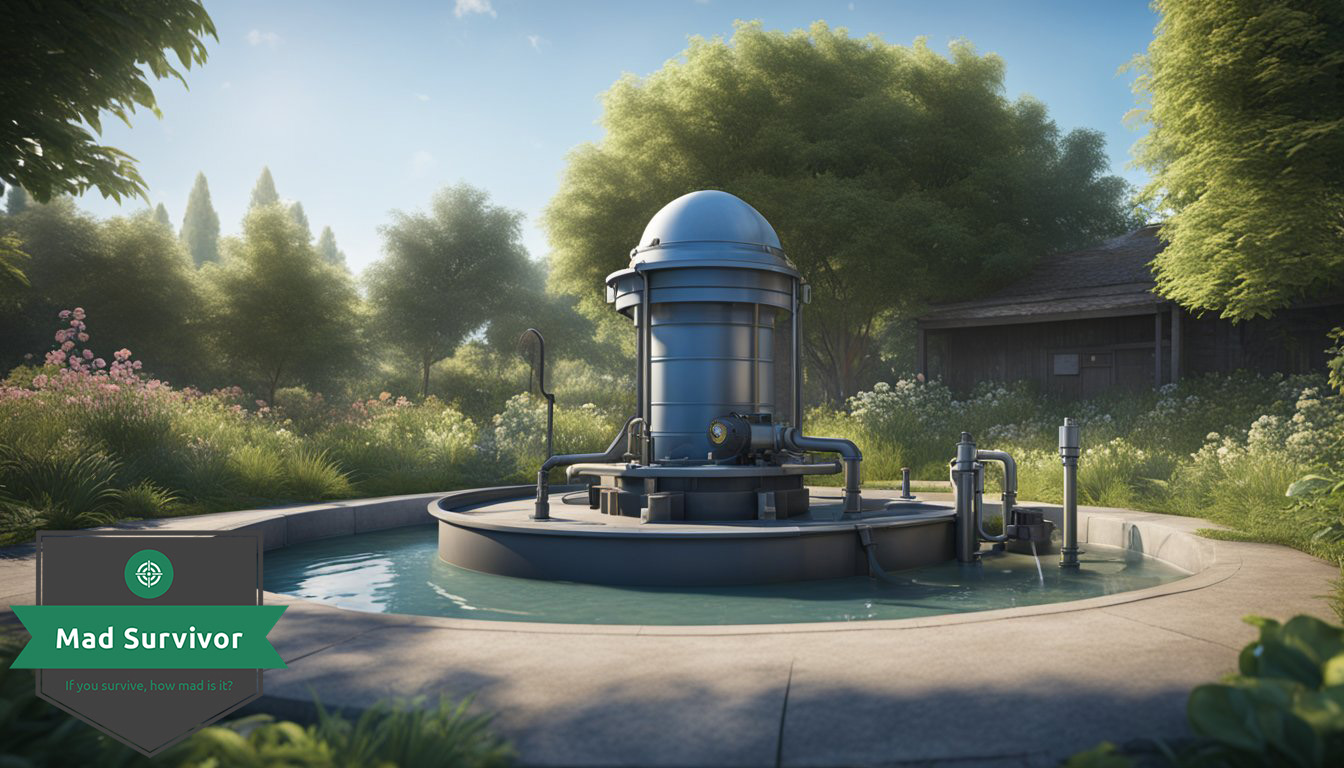
Before securing your water supply with a well, it’s essential to understand your household’s water needs. This will guide you in planning your well water system, ensuring it provides adequate water all year round and accounts for any future increases in demand.
Calculating Daily Usage
To determine your daily water usage, review past water bills or calculate the gallons used by different activities. For example:
- Showering: An average shower uses about 2.1 gallons per minute.
- Laundry: A standard washing machine uses about 41 gallons per load.
- Kitchen: From dishwashing to cooking, estimate around 4 gallons per day.
A detailed breakdown will give you a clearer picture of your total daily usage.
Evaluating Seasonal Variations
In rural areas, water usage can vary with the seasons. For instance:
- Summer: Gardens may require more water for irrigation.
- Winter: Less water may be used as outdoor activities decrease.
Consider these variations to ensure your well system can handle the fluctuating demand.
Anticipating Future Demands
Think about long-term needs, like family growth or adding a home office, which could increase water consumption. Assessing future demands now will help you avoid costly upgrades or water supply shortages.
Understanding Groundwater Sources
Before drilling a well to secure your water supply, it’s important to understand the natural reservoirs, underground aquifers, and the geology that impacts both the quality and availability of groundwater.
What Is an Aquifer?
An aquifer is an underground layer of water-bearing permeable rock, rock fractures, or unconsolidated materials (gravel, sand, or silt) where groundwater is stored. You can think of it as a huge underground water reservoir. Aquifers are replenished by rain that seeps down through the soil. The rate of recharge and the cleanliness of this water are significantly influenced by the geology above and around these aquifers.
Types of Wells
Depending on the depth and type of aquifer you’re targeting, different wells can be used to access groundwater:
- Drilled Wells: These penetrate deep into the ground, usually through bedrock, to reach an aquifer.
- Dug Wells: These are shallow wells created by digging, typically in areas where groundwater is close to the surface.
- Driven Wells: These involve driving a small-diameter pipe into soft earth, such as sand or gravel deposits.
Each well type has its particular use, and the right choice depends on the aquifer depth and the geology of the area.
Geological Considerations
The geology of your region is a decisive factor in determining the presence and quality of groundwater. It affects aspects such as:
- The types of soil and rock where wells can be successfully drilled.
- The depth at which source water can be found.
- The natural filtration properties which influence the need for further water treatment.
A thorough geological survey can guide you toward optimal well placement and construction, avoiding areas prone to contamination or insufficient yield.
Selecting a Suitable Well Location

When planning a well, it’s essential to carefully consider its placement to safeguard against water contamination and ensure the longevity and reliability of your water source.
Proximity to Contaminants
To protect your well, you must be vigilant about its proximity to potential contaminants. Maintain a safe distance from sources of pollution like septic tanks, animal enclosures, and areas where pesticides and fertilizers are used. Specifically:
- Septic Systems: Keep your well at least 50-100 feet away from septic tanks to prevent any risk of effluent seeping into your water supply.
- Agricultural Runoff: Position your well uphill and at least 100 feet away from areas prone to pesticides and fertilizers runoff to minimize the risk of chemical contamination.
Access to Aquifers
Your well’s access to aquifers is vital for a consistent water supply. When selecting a location:
- Aquifer Depth: Ensure that the well can be drilled deep enough to reach a clean and plentiful aquifer.
- Aquifer Quality: Research local water table reports or consult with experts to ascertain the best aquifer in your region that is less susceptible to drought and contamination.
Topographical Factors
The topography of your land plays a crucial role in well placement. Consider the following:
- Elevation: Ideally, place your well at the highest elevation possible to reduce the risk of surface water contamination.
- Drainage: Verify that the surrounding land naturally slopes away from the well site to deter standing water, which could harbor hazards and lead to contamination.
Well Construction and Design
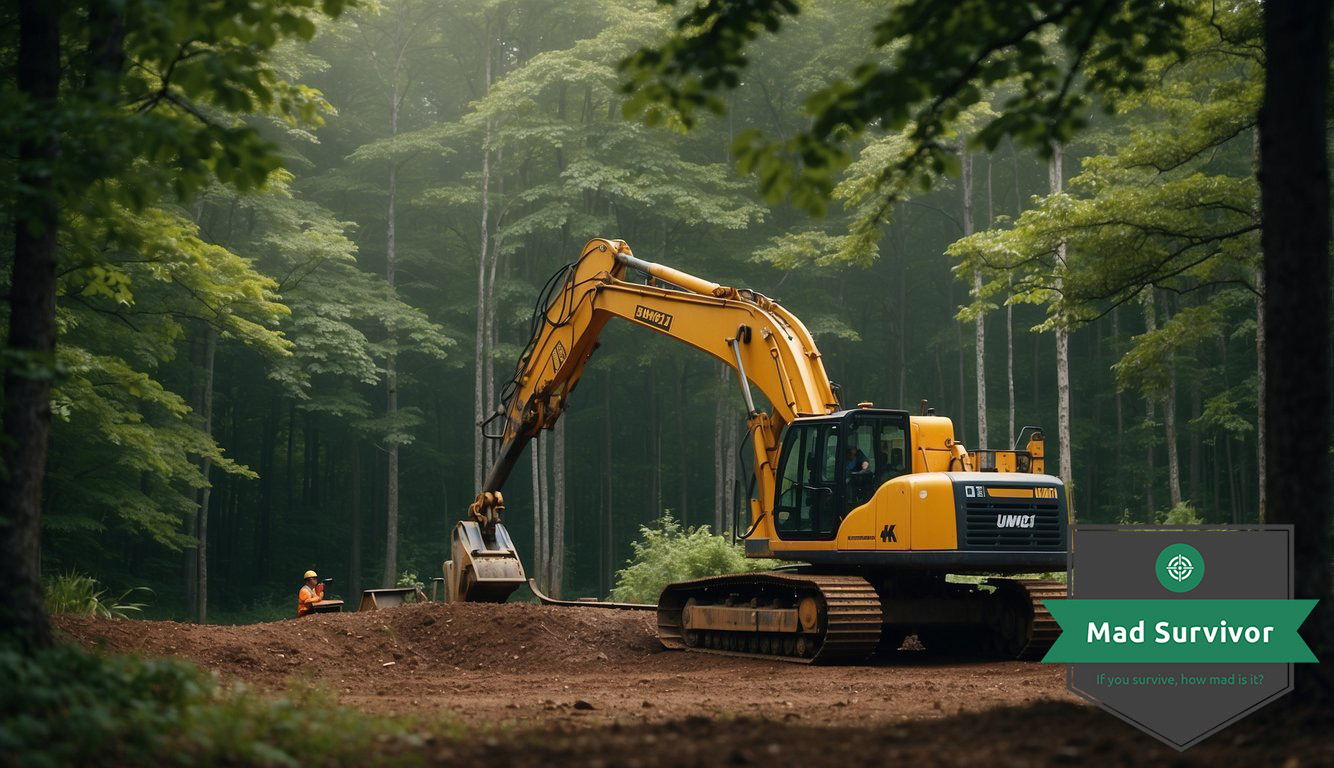
Proper construction and thoughtful design are important to ensure the safety and longevity of your water well. From choosing the right type of well to using appropriate materials for casing and screens, each component plays a critical role in securing a safe water supply.
Choosing the Right Well Type
When deciding on the type of well you need, consider the depth of the groundwater and local geology. There are two main types of wells: shallow or dug wells and deep or drilled wells. Shallow wells are suitable for areas where groundwater is near the surface, while drilled wells can access deeper aquifers.
- Shallow Wells: Typically less than 30 feet deep
- Drilled Wells: Can reach depths of several hundred feet
Well Casing Requirements
Your well’s casing is its main structural component and prevents the well walls from collapsing. It also prevents contaminants from entering the well. The casing material should be durable and approved by local standards. Here’s what you need to consider for your well casing:
- Materials: Use corrosion-resistant materials like PVC or steel.
- Diameter: Ensure the casing complies with state regulations, which usually require a minimum diameter.
Screen Selection
A well screen is installed at the bottom of the casing to filter out sediment and allow clean water to enter the well. Selecting the right screen is essential to maintain water quality and prevent the passage of sand and other particles.
- Size: The screen openings should match the grain size of the aquifer material.
- Material: Screens are often made of stainless steel for durability and longevity. Ensure the material is non-toxic and safe for potable water.
Water Quality Testing
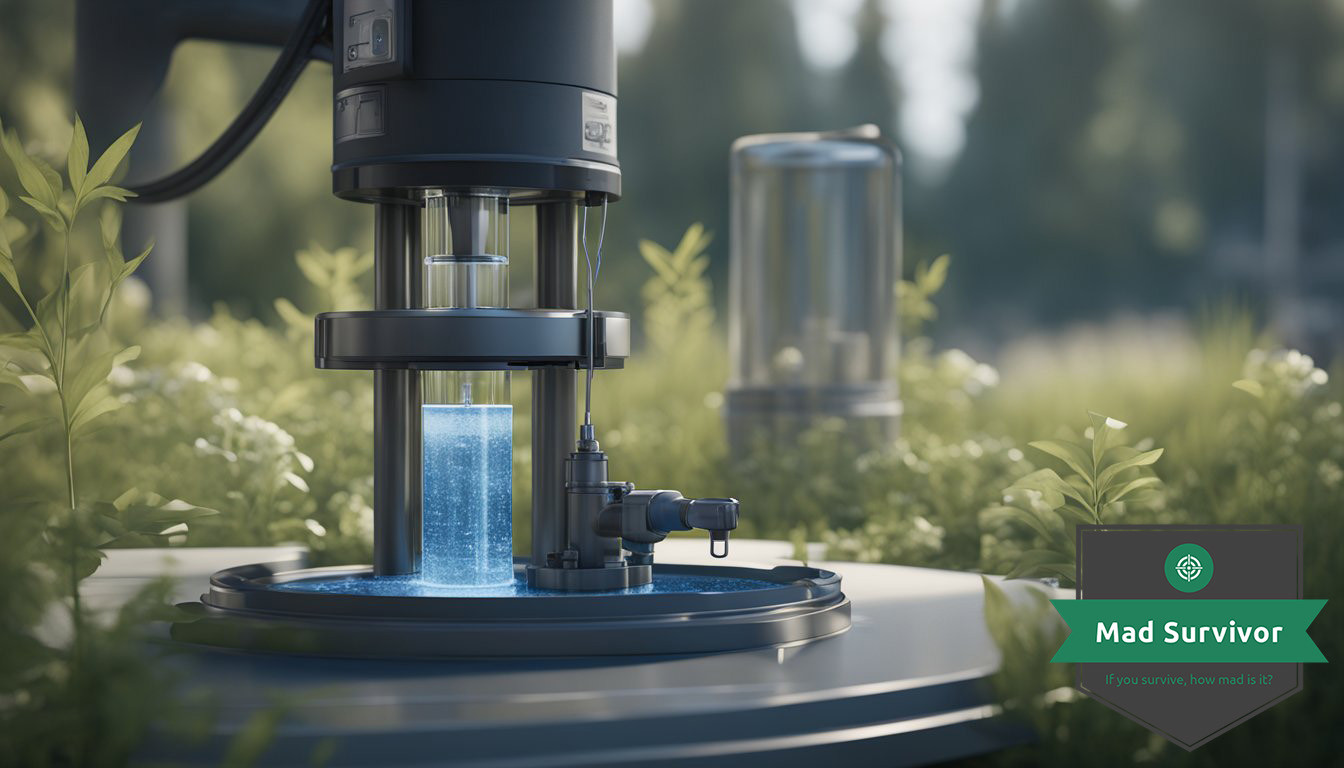
Ensuring the quality of your well water is crucial for your family’s health and safety. Testing for contaminants is a key step in maintaining a safe water supply.
Initial Testing
When you first establish your well, it’s essential to conduct initial testing to determine the baseline quality of your water. Here’s what you should focus on testing for:
- Bacteria: Test for coliform bacteria, which indicate potential contamination.
- Nitrates: High levels of nitrates can be harmful, especially for infants.
- Heavy Metals: Include tests for arsenic and lead, which pose significant health risks.
- Radionuclides: Radionuclides can cause long-term health issues.
- Chemical Contaminants: Look for signs of volatile organic compounds and other industrial or agricultural chemicals.
Ongoing Monitoring Activities
Regular testing of your well water will help you catch any changes before they become serious issues.
- Yearly Tests: At a minimum, you should conduct annual tests for bacteria and nitrates.
- Every 3–5 Years: Test for other contaminants such as heavy metals, arsenic, lead, and radionuclides.
- After any Changes: If there’s been flooding or new construction, retest your water.
- Visual Inspections: Regularly inspect your well’s physical condition and its surroundings.
Keep records of all testing done so that you can look back at historical test results for comparisons.
Interpreting Test Results
Once you receive your water test results, here’s how to understand them:
- EPA Standards: Compare results to EPA guidelines for water quality to assess safety.
- Changes Over Time: Note any fluctuations in quality since your last test.
- Take Action: If contaminants are present, consult a professional for potential treatments or corrections.
- Public Health: Determine if any readings pose immediate concerns for your health or warrant reporting to local health departments.
Water Treatment Systems
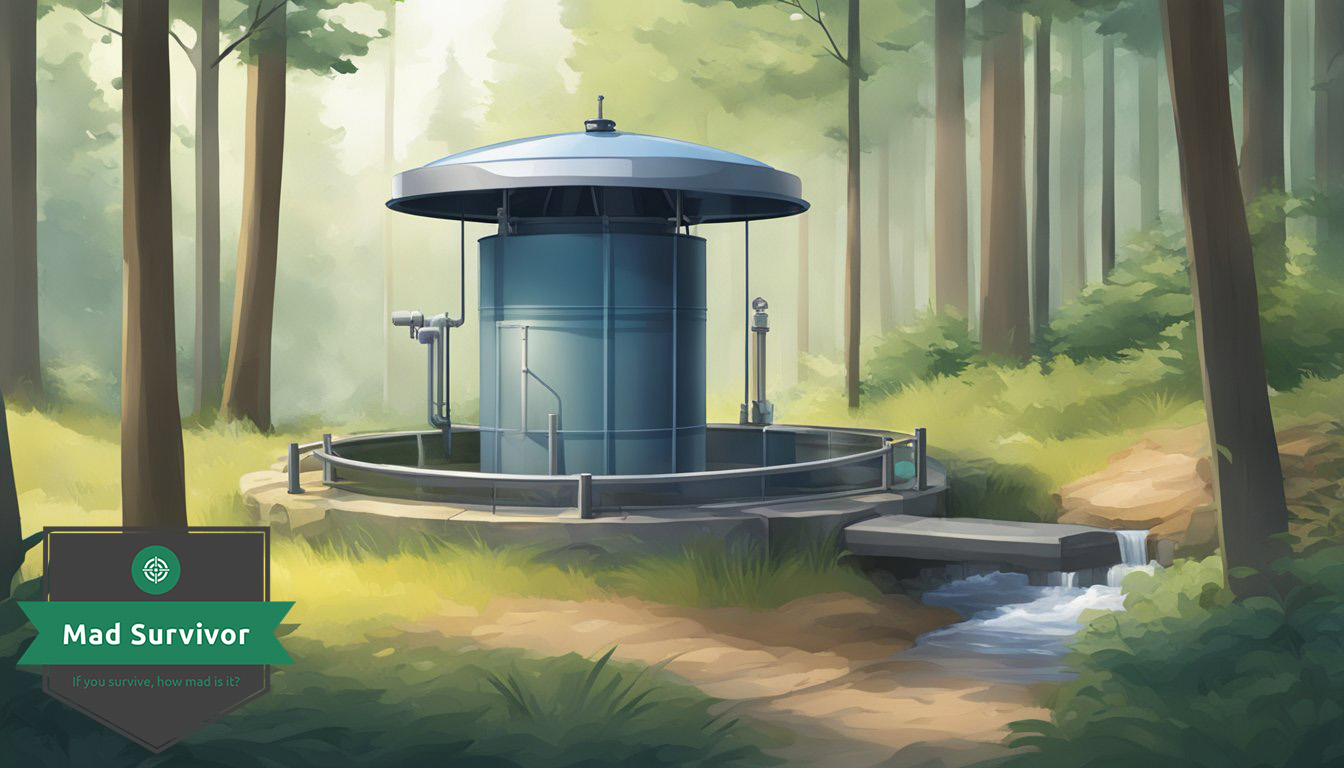
Ensuring your well water is safe and pleasant to use involves addressing potential contaminants, managing taste and odor issues, and softening hard water. These measures are essential to maintaining a healthy water supply for your household.
Addressing Contamination
Your first step in securing a robust water treatment system is to tackle any contamination present in your well water. It’s important to test your water regularly for contaminants like bacteria, nitrates, and heavy metals. Based on the results, you may need to install specific treatments such as UV purification to kill pathogens, activated carbon filters to remove chemicals, or reverse osmosis systems for a broad range of contaminants.
- Contaminants to test for: Bacteria, Nitrates, Lead, Arsenic, Other heavy metals
- Common treatments:
- UV Purification: Targets microorganisms
- Activated Carbon Filters: Removes organic chemicals
- Reverse Osmosis: Reduces various contaminants
Improving Taste and Odor
If you’re noticing off-putting tastes or odors in your well water, these could be caused by natural minerals or bacterial growth. Activated carbon filters are effective at improving taste and removing odors, while oxidizing filters can target iron or sulfur that contribute to undesirable sensory characteristics.
- Causes of bad taste and odor:
- Sulfur: Causes a “rotten egg” smell
- Iron: Leaves a metallic taste
- Solutions:
- Activated Carbon Filters: For taste and odor improvement
- Oxidizing Filters: For minimizing iron and sulfur
Softening Hard Water
Hard water contains high levels of minerals like calcium and magnesium, which can cause scaling and reduce the efficiency of appliances. A water softener is an effective solution to soften your water, swapping the calcium and magnesium for sodium or potassium. This process can prevent scale buildup, making water more suitable for cleaning and bathing.
- Key Minerals in Hard Water: Calcium, Magnesium
- Benefits of Softened Water: Reduced scaling, Improved cleaning/bathing water quality
By addressing these key areas in your water treatment system, you can protect your well water supply, ensuring it’s not only safe but also enjoyable to use for all purposes in your home.
Maintenance and Repairs
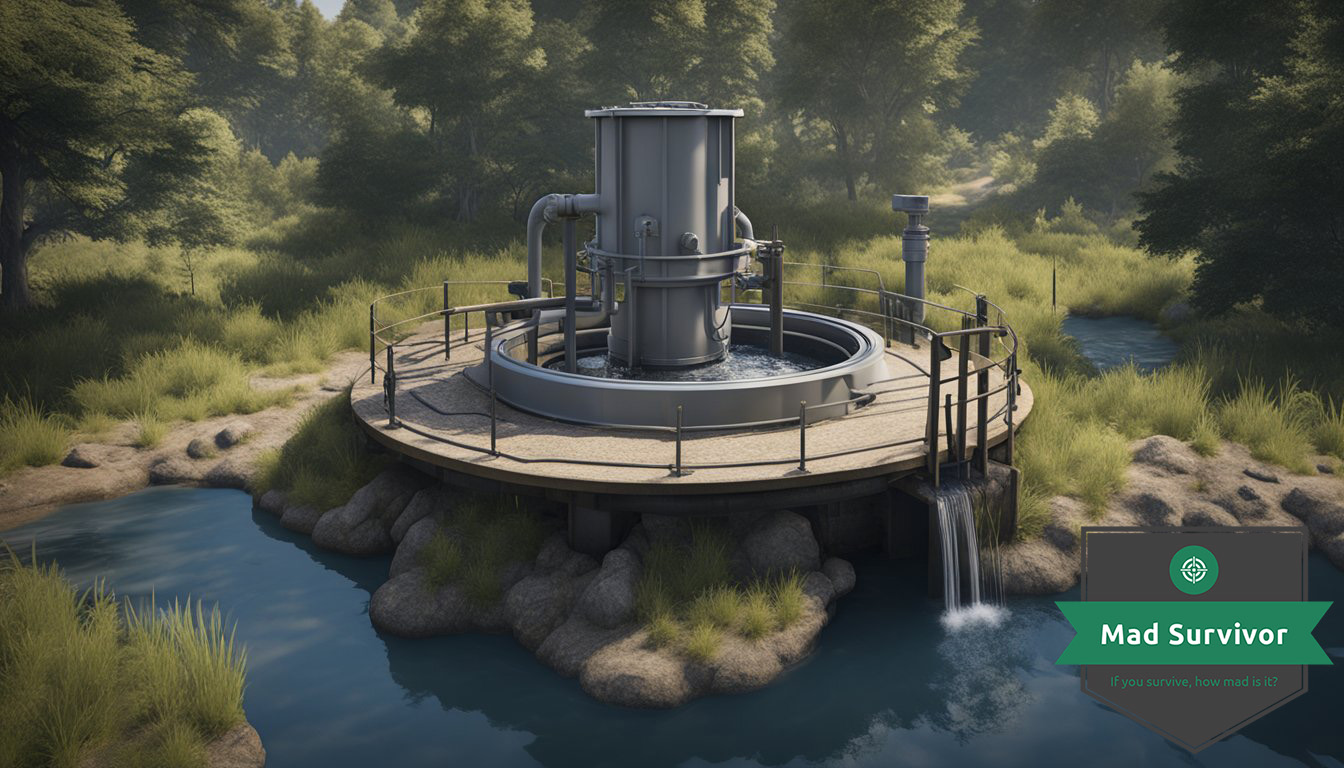
Ensuring the longevity of your well and the safety of your water supply involves a proactive approach to maintenance and repairs. From regular check-ups to addressing any issues promptly, this section provides guidance to keep your well in optimal condition.
Regular Well Maintenance
You should conduct annual well inspections to monitor your water quality and mechanical performance. Here’s what your regular maintenance checklist should include:
- Visual Inspection: Check the wellhead and casing for cracks or damages.
- Test Water Quality: Annual testing for bacteria, nitrates, and other contaminants is crucial.
- Cleanliness: Keep the area around the well clear of debris and potential contaminants.
- Septic Check: If you have a septic system, ensure it is inspected and pumped as recommended.
Troubleshooting Common Issues
When you encounter problems with your water supply, it’s usually due to common issues that can be identified and often resolved with some basic knowledge:
- Low Water Pressure: This could indicate an issue with your pressure tank or blockages in your pipes.
- Cloudy Water: Can be a sign of air in the system or particulates in the water.
- Strange Noises or Vibrations: Often related to pump problems or pressure tank issues.
Professional Repairs
While some minor issues can be a DIY fix, professional repairs are necessary for serious problems:
- Pump Failure: If your pump stops working, a licensed well contractor is needed for repair or replacement.
- Water Contamination: If testing reveals contamination, engage a professional for remediation solutions.
Remember, as a well owner, staying ahead of maintenance greatly reduces the need for repairs, and when in doubt, always seek the expertise of a professional.
Wellhead Protection

Wellhead protection is a crucial step in securing the safety of your water supply from contamination. Focusing on the wellhead, which is the structure built over the well’s actual opening, can minimize the risks associated with pollution and ensure that the water remains safe for consumption.
Minimizing Pollution Risks
To reduce pollution risks, consider the location of potential contamination sources around your wellhead. Keep a safe distance between your well and any septic systems, animal enclosures, or areas where hazardous materials are stored. As a rule of thumb, applying the following clearances will help to protect your well:
- Septic Tanks: Maintain at least a 50-100 foot distance from the wellhead
- Livestock Yards: Ensure these are at least 100 feet away
- Petroleum Tanks and Hazardous Materials: Keep a minimum of 150 feet of separation
It’s also important to regularly inspect the wellhead area for signs of spills or runoff that could introduce pollutants into your water supply.
Securing the Well Cap and Area
Your well cap, which covers the opening of the well casing, must be tightly sealed and intact to prevent contaminants from entering. Regularly inspect the well cap for cracks or damages and replace it if necessary. To further protect the area surrounding the wellhead, you might consider installing a barrier or a shed to prevent unauthorized access and accidental damages. Ensure the design of the shed allows for proper ventilation and does not restrict access to the wellhead for maintenance purposes.
Creating a Protection Plan
Developing a wellhead protection plan can contribute significantly to the safety of your water supply. The plan should include:
- Assessment: Identify potential contamination sources.
- Management: Establish strategies to manage the identified risks, such as land-use controls.
- Contingency: Outline steps to be taken in case of contamination, including who to contact and emergency measures.
Regular water testing and keeping meticulous records of well maintenance can augment your protection plan, providing a historical account of your water’s quality and the integrity of the well system.
Remember, proactive measures in wellhead protection today can prevent costly and potentially harmful problems with your water supply in the future.
Emergency Preparedness
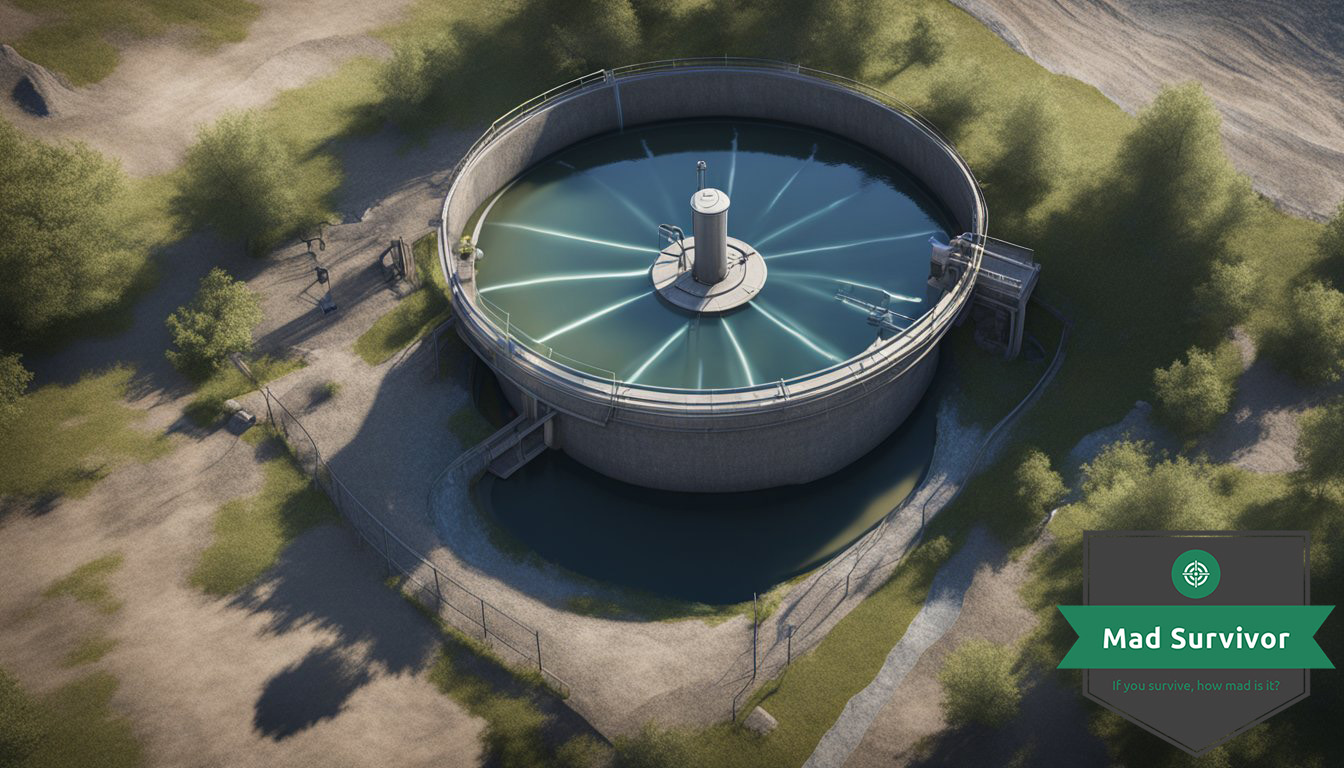
When securing your water supply with a well, being prepared for emergencies is critical. You need to understand how to handle water shortages, respond to contamination, and have backup systems in place.
Handling Water Shortages
During extreme weather events or other crises, water levels in your well can drop, and utilities may be unable to supplement your supply. Here’s what you should do:
- Monitor your well’s water levels regularly, especially during dry seasons.
- Reduce your water usage by implementing conservation techniques like fixing leaks and using water-saving devices.
Responding to Contamination
Contamination can occur through natural disasters or failures in nearby utilities. Your immediate steps should be:
- Cease usage of well water if you suspect contamination.
- Have a water testing kit handy to assess water safety.
- Follow official guidelines to disinfect your water using household bleach or boiling if necessary.
Backup Systems and Alternatives
It’s vital to have alternative water sources and backup systems as part of your emergency planning:
- Store an emergency water supply in clean, airtight containers and keep it in a cool, dark place.
- Consider installing a hand pump for your well or having a gravity-fed water system as a mechanical alternative.
- Research natural water sources nearby that you can access if your well fails.
Environmental and Legal Considerations

Securing your water supply requires awareness of environmental impacts and adherence to legal standards. Ensuring your well’s safety involves navigating regulations, understanding the influence of local activities, and engaging with environmental institutions.
Compliance with Regulations
Your Responsibility Under the Safe Drinking Water Act (SDWA): The Safe Drinking Water Act governs public drinking water, but it’s important to know that private wells are not regulated by the SDWA. Even though your private well is exempt, mimicking the standards can help ensure safety.
- Know Your State and Local Laws: Check with your state and local government for specific regulations on well construction, water testing, and maintenance.
Impact of Local Activities
Assess Environmental Risks: Your well’s water quality can be affected by proximate activities. It’s crucial to regularly evaluate potential risks.
- Sources of Contamination: Be vigilant of agricultural operations, septic systems, and fuel storage around your area.
- Land Management: Prevent contamination by managing land use effectively; for instance, sloping land away from your well to avert runoff.
Working with Environmental Agencies
Leverage Expert Knowledge and Resources:
- Environmental Protection Agency (EPA): Consult the EPA’s guidelines for private wells and utilize their resources for water testing and protection strategies.
- United States Geological Survey (USGS): The USGS offers data on national water quality, which can be a valuable reference for understanding the broader context of your local water environment.
Engage with Local Institutions: Building relationships with local environmental agencies can provide you with additional support and keep you informed on updates regarding water safety.
Community Engagement and Support

Engaging your community can make securing your water supply with a well more effective. Collaborative efforts can improve public health and ensure that domestic wells meet quality standards, especially in rural areas.
Collaborating with Neighbors
Working alongside your neighbors creates a network of support for maintaining and monitoring wells. Sharing knowledge and resources can lead to better water management practices. You can also consider forming a local group to address common concerns and implement best practices for well maintenance.
- Meet Regularly: Schedule meetings to discuss water safety and management.
- Share Costs: Pool resources for bulk purchases or services like well inspections.
Accessing Local Resources
Your community likely has a wealth of resources that can assist you with your well. Reach out to local water management authorities and take advantage of programs they offer.
- USGS National Water Quality Program: Stay informed about the latest findings and resources.
- Local Extension Services: Gain insights on proper well construction and upkeep specific to your region.
Participating in Water Quality Programs
Participating in water quality programs is crucial for ensuring the safety of your drinking water. These programs often provide testing and education resources that promote public health.
- Testing Kits: Obtain water testing kits to monitor your well’s water quality.
- Educational Workshops: Attend workshops run by local health departments to understand water quality issues.
Conclusion
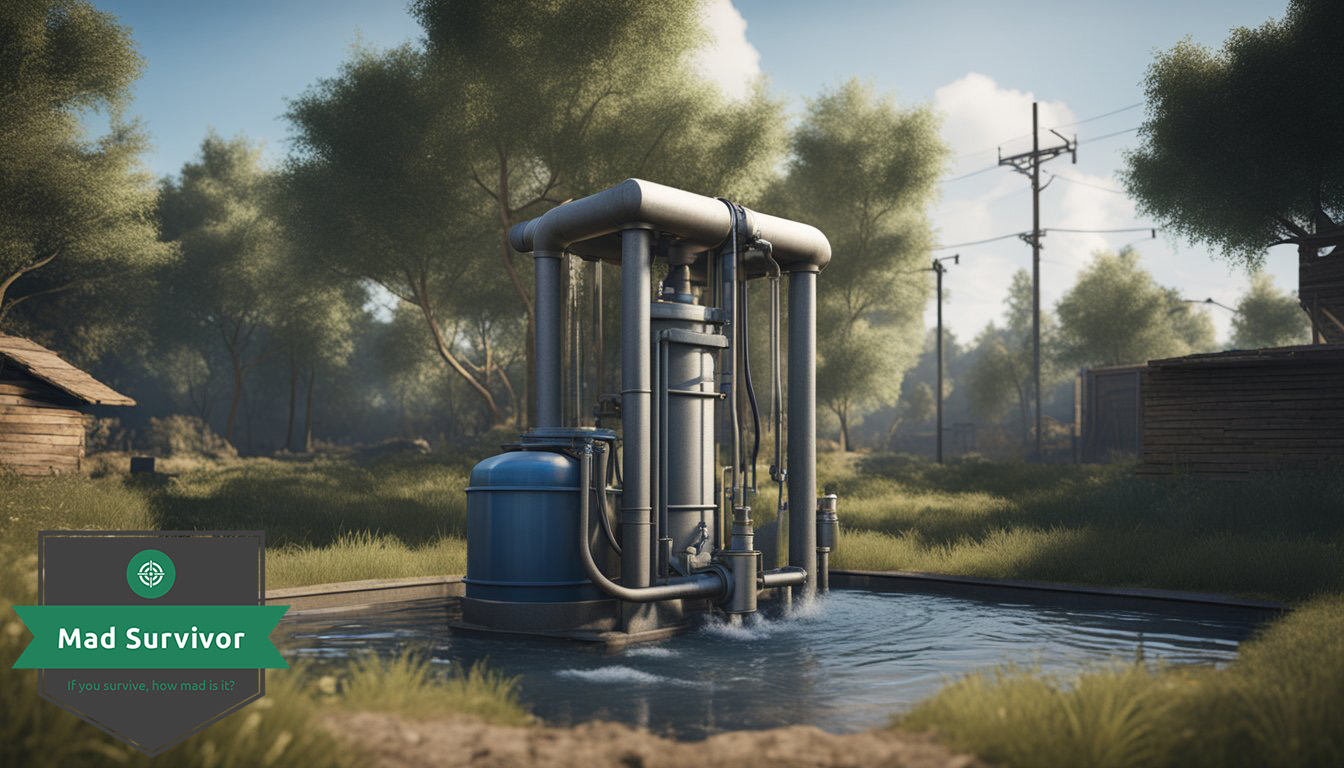
Securing your water supply through a well is integral for your health and well-being. The EPA advocates for the careful management of private wells to ensure your drinking water stays safe. Here are the key takeaways:
- Regular Testing: You must test your well water routinely for contaminants to protect your health. Check for bacteria, nitrates, and other potential pollutants.
- Well Maintenance: You need to ensure your well’s integrity. Make sure to maintain proper location and construction, and engage in periodic inspections.
- Prevent Contamination: Keep hazardous substances away from your well area to prevent seepage into your water supply.
- Efficient Runoff Management: Shape the land around your well to guide surface runoff away, safeguarding against contamination.
- Public Health Connection: Remember, your efforts safeguard not just your household, but also contribute to the broader public health by preventing groundwater contamination.
By embracing these practices, you’re investing in the longevity of your water supply and the health of everyone who relies on it. Stay informed, stay proactive, and enjoy the peace of mind that comes from knowing your well water is secure.

Leave a Reply